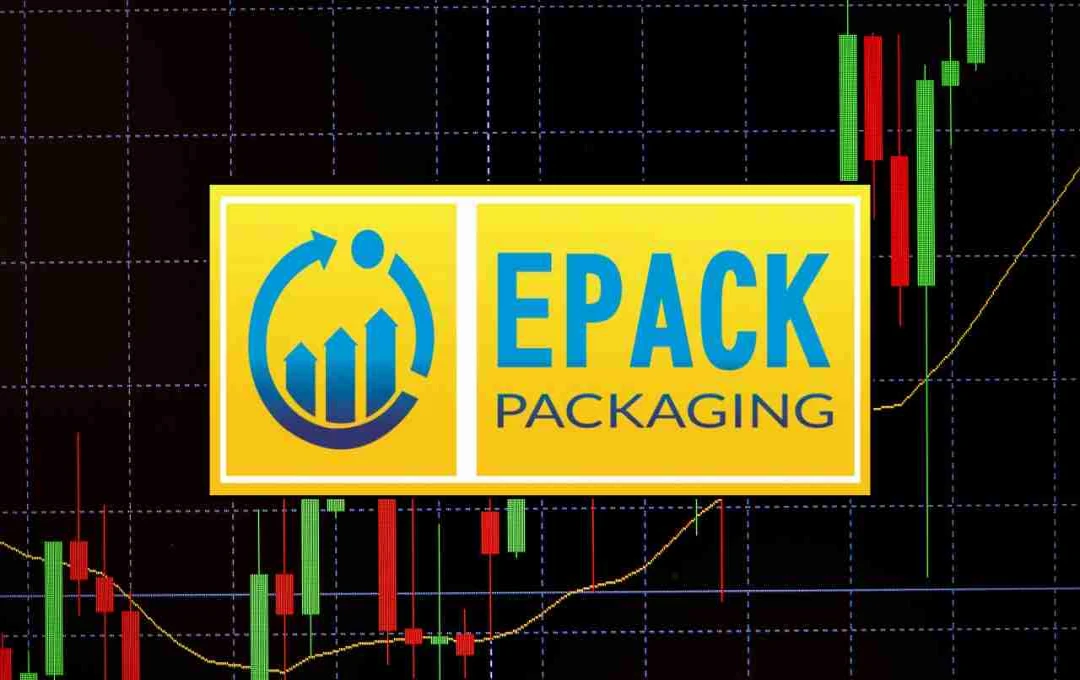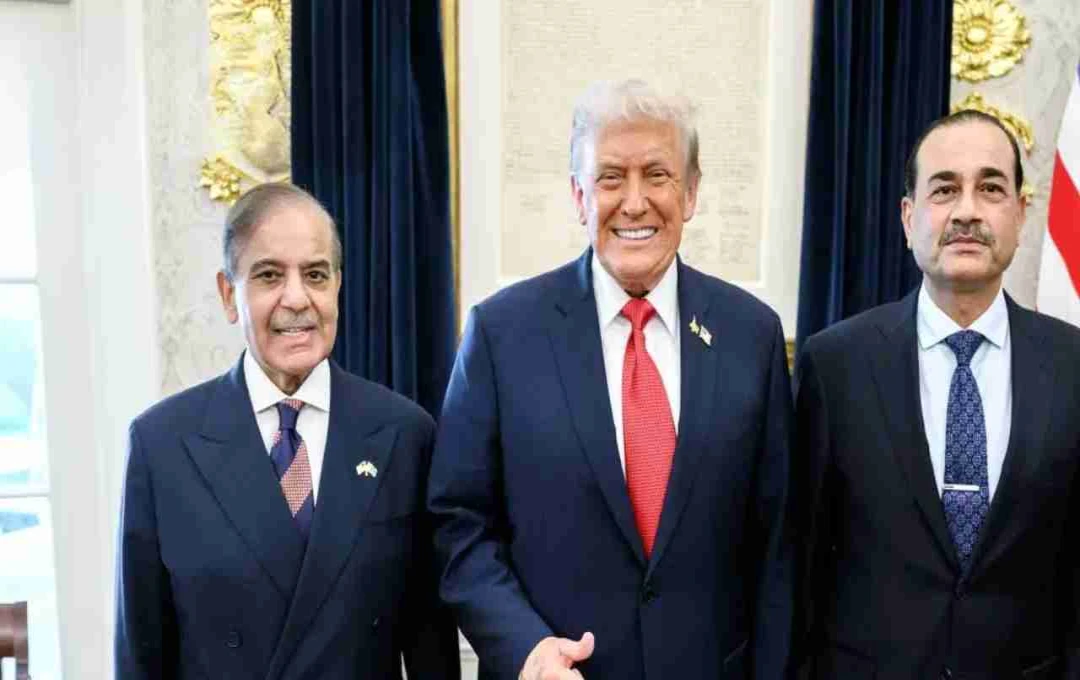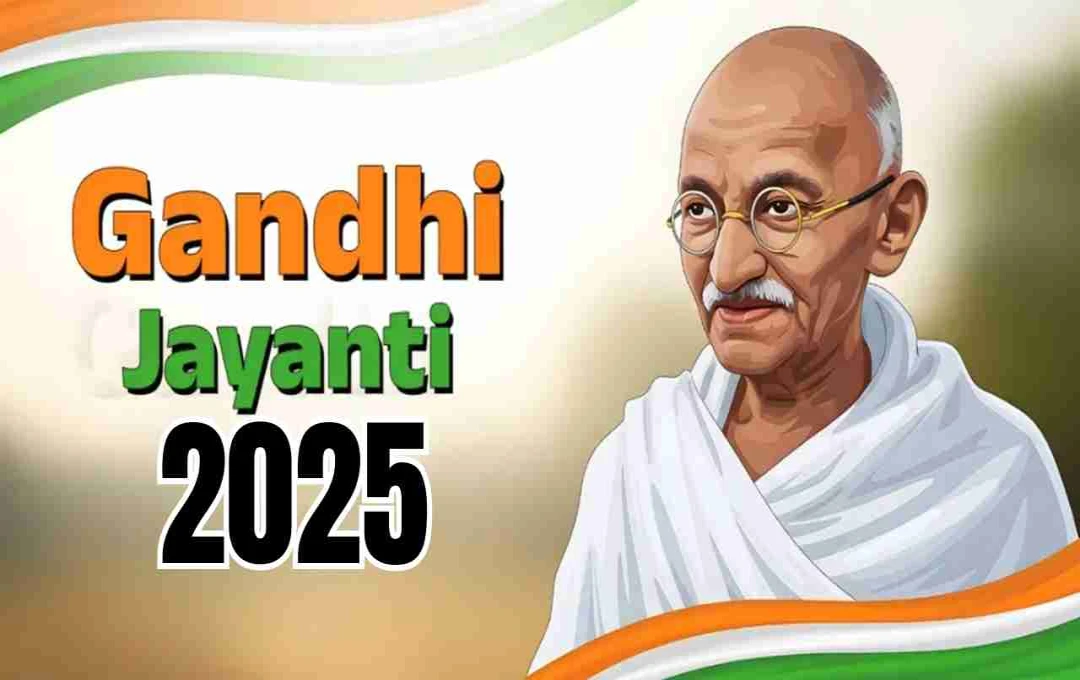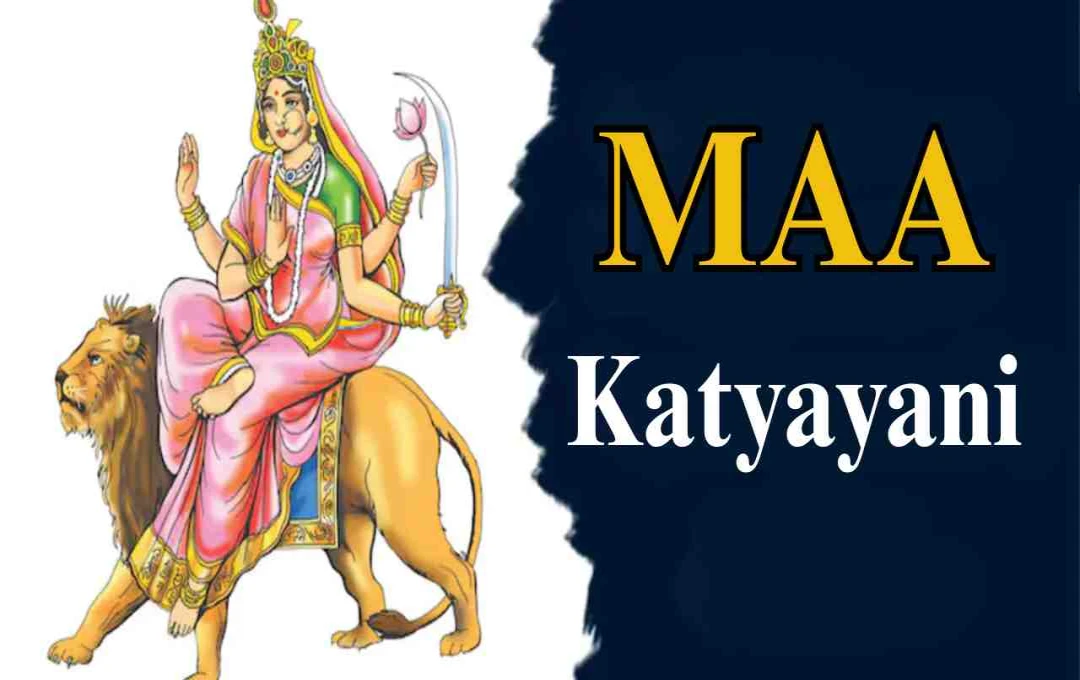India's private manufacturing PMI fell to a four-month low of 57.7 in September. New orders and input purchases grew at a slower pace, while employment generation was at its lowest level for the year. Companies expressed optimism for b production in the next 12 months and considered GST cuts positive for growth.
Manufacturing PMI: The HSBC India Manufacturing PMI, compiled by S&P Global, decreased to 57.7 in September from 59.3 in August. The impact of America's tariff policy led to a slowdown in new orders, output, and input purchases, while employment generation reached its lowest level for the year. However, companies viewed b production over the next 12 months and GST cuts as positive indicators.
Slower Pace in New Orders and Output
The survey indicated that September's figures suggest continued growth in India's manufacturing sector, but at a slower pace. New orders, output, and input purchases grew at their slowest rate since May. Companies faced some sluggishness due to the US tariff policy and uncertainty in the global market.
Despite this, companies projected b production for the next 12 months. Companies also considered changes in GST rates as positive for growth.
Decline in Employment Generation
Regarding employment, some companies recruited additional staff in September, but this pace was the slowest in the past year. Only 2% of companies reported increasing their headcount. This clearly indicated that the manufacturing sector's growth in terms of jobs did not meet expected levels.
Balancing with Global Demand
Pranjul Bhandari, Chief India Economist at HSBC, stated, “September's headline index softened, but it remains well above the long-term average. The rapid increase in new export orders has offset the sluggishness caused by US tariffs through demand from Asia, Europe, America, and the Middle East.”
Experts suggest that with the balance in global demand, India's manufacturing sector continues to advance bly.
Rise in Input and Output Prices
The survey also revealed a rise in input costs in September, including increases in the prices of batteries, cotton, electronic components, and steel. Output prices also saw an increase, reaching a near 12-year high.
Companies stated that despite rising production costs, demand remained stable. Consequently, companies readily accepted price increases.
Comparison to Long-Term Average
A PMI figure above 50 indicates an expansion in manufacturing activities, while a figure below 50 signals a contraction. India's PMI has shown signs of expansion for the 51st consecutive month. The manufacturing PMI figures from January 2025 to September 2025 were as follows:
- January 2025: 57.7
- February 2025: 56.3
- March 2025: 58.1
- April 2025: 58.2
- May 2025: 57.6
- June 2025: 58.4
- July 2025: 59.1
- August 2025: 59.3
- September 2025: 57.7
These figures indicate that the manufacturing sector's momentum remains above its long-term average.
In September 2025, the manufacturing PMI dropped to a four-month low, yet it remained above the long-term average. Despite slower new orders and rising input costs, b production and global demand maintained balance. While employment generation saw a decline, companies' confidence remained positive. Overall, India's manufacturing sector is still on a b growth path.















